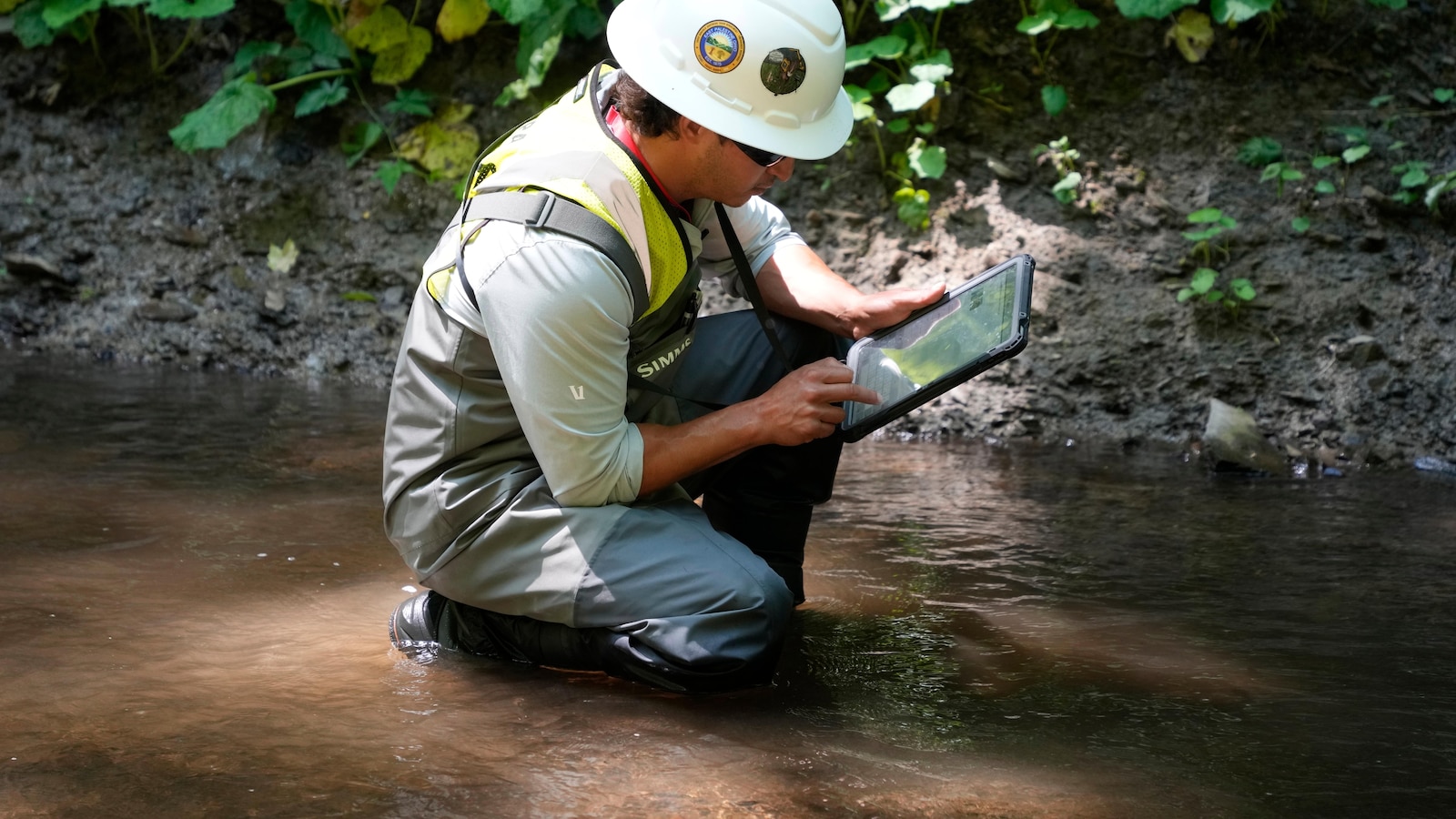The Perseid Meteor Shower: A Celestial Spectacle
When and How to Witness the Night Sky’s Dazzling Display
Every summer, the night sky comes alive with the Perseids meteor shower, a celestial spectacle that has captivated humans for centuries. Originating from the debris of comet 109P/Swift-Tuttle, this annual event is known for its abundance of bright, vibrant meteors.
Peak Viewing Time
In 2023, the Perseid meteor shower will peak before dawn on Monday, August 14. During this peak period, skywatchers can expect to see more than 50 meteors per hour streaking across the sky. However, the shower will be active for several days before and after the peak, allowing ample opportunity for viewing.
Viewing Tips
To maximize your meteor-watching experience, follow these tips:
* Find a dark sky: Escape the city lights and seek out a secluded location with minimal light pollution. Parks, beaches, and rural areas are ideal.
* Lie down and relax: Lie down on a blanket or chair and allow your eyes to adjust to the darkness. It may take 20-30 minutes for your vision to adapt.
* Be patient: Meteor sightings are random, so be patient and allow yourself plenty of time.
* Look towards the northeast: The Perseids appear to radiate from the constellation Perseus, located in the northeastern sky. Focus your gaze in that direction.
Other Meteor Showers
The Perseids are just one of many meteor showers that grace our skies throughout the year. Here are some other notable showers to keep an eye out for:
* Quadrantids: Peak in early January, producing bright, fast meteors.
* Lyrids: Peak in late April, known for their vibrant blue-green meteors.
* Eta Aquarids: Peak in early May, originating from Halley’s Comet.
* Orionids: Peak in mid-October, providing a moderate number of bright meteors.
* Geminids: Peak in mid-December, considered the most reliable and dense meteor shower.
Science Behind the Meteors
Meteors are caused when small bits of space debris, ranging in size from dust particles to small boulders, enter Earth’s atmosphere at high speeds. The friction between the particles and the air molecules heats the debris, causing it to glow and leave a fiery trail behind it.
The Perseid meteors are particularly bright because they originate from a larger-than-average comet, Swift-Tuttle. The comet’s debris is composed of larger particles, which produce brighter and more spectacular meteors.
Environmental Impact
Meteor showers are not only beautiful to behold but also provide valuable insights into the origins of our solar system. By studying the composition and trajectory of meteors, scientists can gain a better understanding of the materials that formed the planets and moons billions of years ago.
Conservation Efforts
Unfortunately, light pollution from cities and towns can interfere with meteor viewing. To help preserve the night sky for future generations, consider supporting organizations that advocate for reduced light pollution.
Conclusion
The Perseid meteor shower is a celestial event that offers a glimpse into the wonders of the universe. By following the tips outlined above, you can maximize your meteor-watching experience and enjoy the dazzling display of nature’s fireworks. Remember to be patient, find a dark sky, and look towards the northeastern sky for an unforgettable night of cosmic observation.



